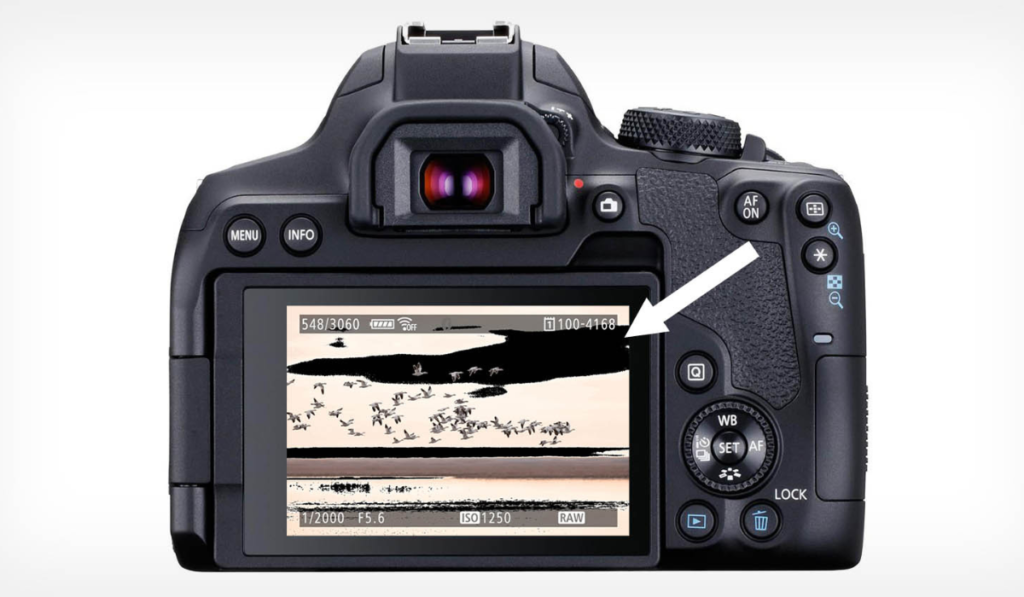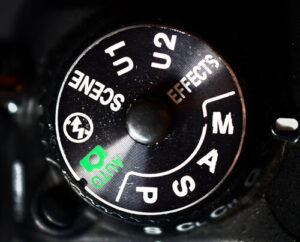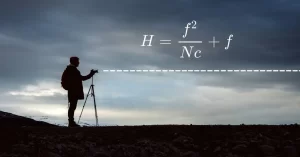What are Blinkies in Photography, and Do They Really Matter?

Blinkies, also called highlight alerts, are vital tools in a photographer’s arsenal. They are crucial for indicating overexposed highlights and underexposed shadows in an image. In post-processing software like Lightroom, these blinkies appear as clipped areas, typically in red for highlights and blue for shadows on your camera’s LCD screen.
Understanding blinkies requires a basic understanding of the histogram, a graphical representation of pixels’ brightness levels. Histograms are enhanced by blinkies, which identify specific areas where exposure might be an issue.
In spite of the fact that blinkies are invaluable for identifying exposure problems, it’s essential to be aware of their limitations. It is true that blinkies can be useful, but they are not able to reproduce details that have been lost in clipped areas. Highlights are irretrievably lost once they are blown, which emphasizes the importance of getting the exposure right in camera.
When you’re shooting, blinkies are an essential tool for determining exposure issues in real time. You can quickly identify overexposed highlights or underexposed shadows by enabling blinkies in your camera settings. By doing this, you can adjust the exposure settings on the spot, ensuring that critical highlights are preserved.
Please note that blinkies are based on JPEG previews generated by the camera, which may not accurately represent raw files’ full dynamic range. Blinkies may be triggered sooner if picture profiles are vivid; neutral or flat profiles may not trigger blinkies at all. While blinkies provide valuable insights, their interpretation depends on the camera settings and profiles used.
Accessing the playback menu and selecting highlight alert options are required to set up blinkies in Canon and Nikon cameras. If any highlights are clipped, reviewing images in playback mode reveals blinkies, which can be adjusted immediately.
Additionally, understanding blinkies’ behavior based on color channels can prevent images dominated by a single color from losing detail and color. Photographers can adjust exposures based on the contribution of each color to overall image brightness by checking individual color channels for blinkies.
It is often possible to correct minor clipping indicated by blinkies by using RAW files in post-processing. The importance of vigilant exposure management during shooting is highlighted when significant clipping results in irrecoverable detail loss.
A photographer’s decision on whether or not to heed blinkies ultimately rests with them. Despite their value, shooting with an artistic vision is essential. A photographer’s creative vision can be translated into compelling images with the aid of blinkies, histograms, and other exposure tools.



